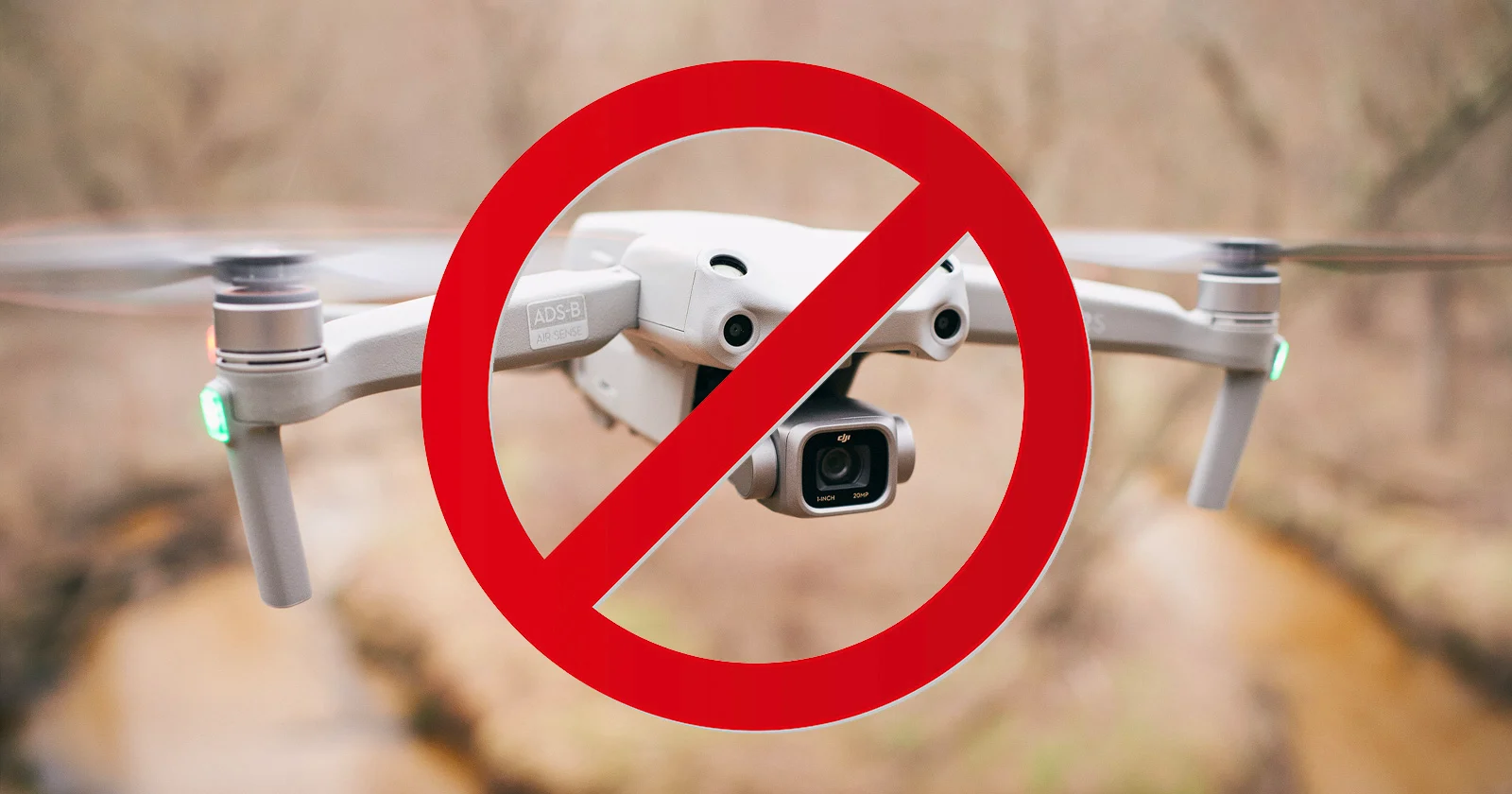The world of unmanned aerial systems is evolving at a rapid pace, prompting governments, industries, and technology enthusiasts to reconsider the rules governing their use. The recent controversy surrounding the DJI Ban has raised many concerns about data security, market dynamics, and technological sovereignty. In this article, we explore the historical context, economic ramifications, technological debates, and global impact of these regulatory measures, along with the future outlook for the drone industry.
Introduction
Over the past few years, the growth of drone technology has been nothing short of phenomenal. With innovative applications ranging from aerial photography to precision agriculture, drones have transformed numerous industries. However, with this rapid expansion has come heightened scrutiny, particularly regarding cybersecurity and data protection. The ban has emerged as a focal point in these discussions, with policymakers advocating for measures that protect sensitive infrastructure and consumers alike.
Amidst this evolving debate, many observers have noted that the ongoing discourse about the DJI Ban continues to draw attention from both national and international stakeholders. The controversy touches upon complex issues such as supply chain security, technological competitiveness, and the balance between innovation and regulation. As governments attempt to safeguard their national interests while fostering a thriving tech ecosystem, the dialogue around these measures becomes increasingly significant.
Understanding the DJI Ban
The rapid proliferation of drone technology has led to increasing concerns about the potential misuse of sophisticated devices in critical applications. In response, regulators have introduced measures that restrict the use of certain products. The section titled Understanding the DJI Ban delves into the rationale behind these decisions.
An analysis of the DJI Ban reveals that the primary motivation is to mitigate the risk of data breaches and cyber espionage. Proponents of the measure argue that by limiting the use of specific drone models, governments can better control the flow of sensitive information. This regulatory move is seen as a preemptive effort to counteract potential vulnerabilities in modern communication networks, ensuring that national security is not compromised.
Critics, however, contend that the ban might have unintended consequences. They warn that overly stringent measures could stifle innovation, limit consumer choice, and disrupt established supply chains. Balancing these concerns with the imperative for security is at the heart of the debate, and the discussion continues to evolve as new information and technologies emerge.
Economic Implications
The economic fallout from recent regulatory actions is a topic of intense discussion among industry experts and policymakers. For many companies, the ban has introduced a layer of uncertainty that complicates long-term investment and strategic planning.
Businesses that rely heavily on drone technology now face the challenge of adapting to an environment where a key market player is subject to strict controls. Supply chain disruptions and increased production costs are among the immediate concerns voiced by manufacturers and retailers alike. The measure has forced many to reassess their dependence on established brands and consider diversifying their technological base.
Investors, too, are reacting to the implications of the DJI Ban. With the possibility of rapid regulatory shifts affecting the profitability of tech companies, market volatility has increased. While some see this as an opportunity for local manufacturers to fill the gap left by restricted products, others fear that the long-term economic impact may be more detrimental, leading to market fragmentation and reduced global competitiveness.
Technological Considerations
In today’s interconnected world, technology and security are inextricably linked. Modern drones are equipped with advanced sensors and communication systems that collect and transmit vast amounts of data. This has made them an attractive target for cyber threats and espionage. Experts argue that the DJI Ban is a necessary measure aimed at preempting such risks by limiting access to devices that could potentially compromise security.
From a technological standpoint, the debate centers on whether a complete ban is the best solution. Many in the tech community advocate for a more nuanced approach—one that focuses on enhancing cybersecurity protocols rather than imposing broad restrictions. They argue that investments in robust encryption, secure data transmission, and rigorous testing standards might provide a more balanced solution, allowing innovation to flourish while minimizing risks.
Nonetheless, the current regulatory trend reflects a growing concern over the vulnerabilities inherent in modern communication networks. By enforcing the ban, authorities hope to safeguard critical infrastructure and prevent unauthorized access to sensitive information, even as they grapple with the potential drawbacks of such measures.
Global Impact
The implications of recent regulatory measures extend far beyond national borders. The DJI Ban has sparked varied responses from the international community, highlighting the complex interplay between national security concerns and global trade dynamics.
Some countries have embraced similar measures, viewing them as essential steps toward ensuring technological sovereignty and protecting local markets. These nations argue that stringent controls are necessary to prevent external interference and maintain control over critical digital infrastructures. In such environments, the DJI Ban serves as a model for balancing security with technological advancement.
Conversely, other nations remain skeptical about the broader consequences of imposing such restrictions. Critics point out that if more countries adopt similar measures, the global drone market could become fragmented, potentially leading to higher costs and reduced innovation. International trade relations might also suffer as governments prioritize security over collaboration, thereby complicating efforts to standardize technological protocols and best practices.
Industry Reaction and Future Outlook
Industry stakeholders have been quick to react to the regulatory measures, with opinions sharply divided. While some leaders support the ban as a necessary step to secure the technological landscape, others are calling for alternative approaches that address security concerns without hindering progress.
Within the industry, there is a growing sense of urgency to develop alternative solutions that can bypass the restrictions imposed by the DJI Ban. Companies are investing heavily in research and development, aiming to create products that meet high-security standards while offering the performance and reliability demanded by modern applications. This competitive drive is likely to spur innovation and could lead to the emergence of new market leaders in the drone technology sector.
Looking forward, the future of drone technology appears to be at a critical juncture. As regulators continue to refine their approaches, the industry is expected to evolve in response to new challenges and opportunities. The push to develop more secure, locally produced alternatives may ultimately result in a more resilient and diversified market. The coming years will be pivotal in determining whether the measures underlying the DJI Ban will spur a technological renaissance or create long-term disruptions.
Policy and Regulatory Challenges
For policymakers, the decision to impose strict controls on drone technology has been a double-edged sword. On one hand, the goal is to protect national security and critical infrastructure; on the other, there is the risk of stifling innovation and negatively impacting the economy. Navigating this complex landscape requires a careful balancing act.
Lawmakers are tasked with the difficult job of drafting regulations that address the immediate security concerns while also fostering an environment conducive to technological advancement. The ban has become a central point of discussion in these deliberations, serving as both a cautionary tale and a potential blueprint for future measures. As governments weigh the benefits and drawbacks of such restrictions, the debate continues to intensify, with new proposals and amendments emerging on a regular basis.
Conclusion
In conclusion, the DJI Ban presents both challenges and opportunities for the future of drone technology. As governments, industries, and consumers navigate this evolving regulatory landscape, careful consideration must be given to balancing security with innovation. The measures behind the DJI Ban are expected to evolve over time, driven by ongoing debates and technological advancements. Ultimately, understanding the DJI Ban is crucial for all stakeholders as they work together to shape a secure, dynamic future for the industry.

